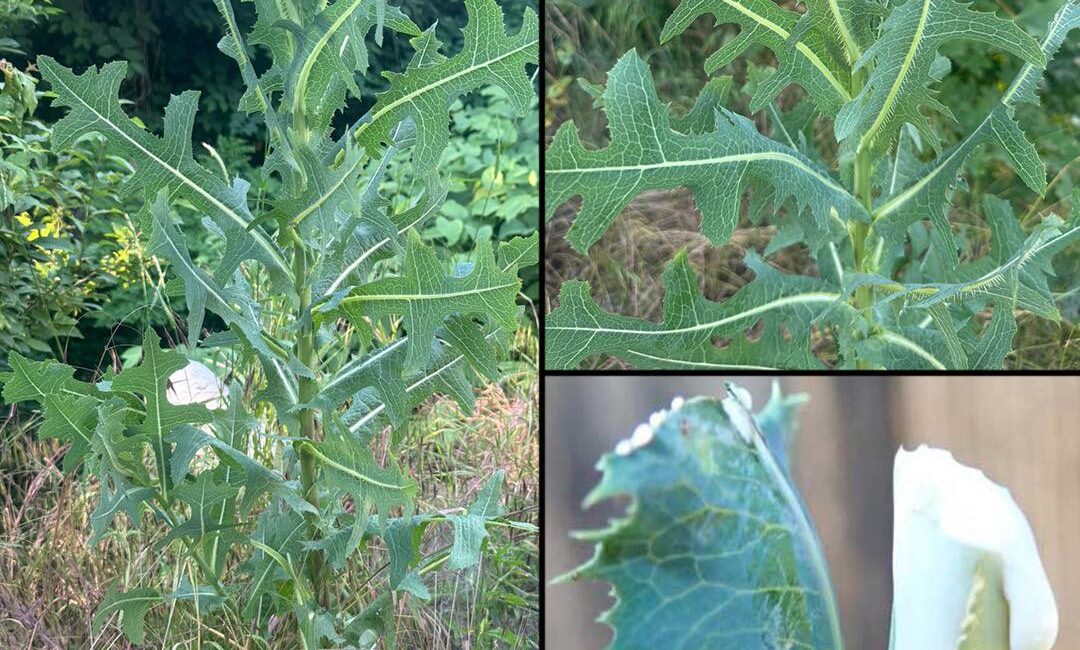Relaxation and Sleep
Lactucarium’s sedative qualities make it popular as a:
- Sleep aid for those suffering from insomnia or restless nights.
- Stress reliever to ease anxiety and tension accumulated during the day.
Respiratory Benefits
Historically, wild lettuce sap was used to soothe:
- Dry coughs and bronchitis symptoms.
- Sinus congestion through its mild anti-inflammatory effects.
Mild Euphoria and Mood Enhancement
While not intoxicating or habit-forming, some users report a sense of well-being and calm after consuming wild lettuce sap, contributing to improved mood.
How to Use Wild Lettuce Sap Safely
Wild lettuce sap can be consumed or applied in several ways depending on the desired effect and convenience.
Common Methods of Use
- Direct Ingestion: Small amounts of the dried resin can be swallowed or dissolved in warm water as a tincture.
- Tea or Infusion: The dried sap or leaves can be steeped in hot water to extract active compounds.
- Capsules or Extracts: Commercial supplements offer standardized doses of lactucarium.
- Topical Application: For localized pain relief, diluted sap or tincture may be applied externally.
Dosage Guidelines
- Start with small doses to assess individual tolerance, as the potency varies by plant and preparation method.
- Typical ingestion ranges from 10 to 50 mg of dried resin per dose.
- Avoid excessive consumption to prevent unwanted side effects such as dizziness or excessive sedation.
Safety Considerations and Potential Side Effects
While wild lettuce is natural, safety precautions are paramount to avoid adverse reactions.
Important Warnings
- Avoid during pregnancy and breastfeeding: Safety is not established.
- Not recommended for children due to potent effects.
- Potential for allergic reactions: Skin irritation or digestive upset may occur.
- Interactions with medications: Especially sedatives, antidepressants, or painkillers.
- Avoid combining with alcohol or narcotics to prevent excessive sedation.
Possible Side Effects
- Mild dizziness or lightheadedness.
- Nausea or upset stomach.
- Excessive drowsiness.
- Allergic skin reactions on contact.
How to Grow Wild Lettuce for Sustainable Sap Harvesting
For those interested in cultivating their own supply, wild lettuce is relatively easy to grow.
Cultivation Tips
- Plant seeds in well-drained, sunny areas during spring.
- Prefers fertile soil with moderate watering.
- Thin seedlings to allow room for growth.
- Harvest sap from mature plants in late summer for best quality.
Wild Lettuce vs. Other Natural Analgesics
Wild lettuce holds a unique position among herbal pain relievers:
- Unlike opium poppy, it lacks addictive alkaloids but still offers meaningful relief.
- Compared to willow bark (natural aspirin source), it also provides mild sedative benefits.
- When contrasted with valerian root or kava kava, wild lettuce has a more balanced combination of analgesic and relaxant effects.
Frequently Asked Questions (FAQs)
Can wild lettuce sap get you “high”?
No, it does not contain narcotic substances. Its effects are mild sedation and relaxation without intoxication.
How long does the effect last?
Typically, effects last 2-4 hours depending on dose and individual sensitivity.
Is it legal to harvest and use wild lettuce?
Yes, wild lettuce is legal in most regions but always check local regulations, especially for commercial use.
Can I overdose on wild lettuce sap?
High doses may cause excessive sedation or nausea but are unlikely to be fatal. Always start small and consult a healthcare provider if unsure.
Conclusion: The Untapped Potential of Wild Lettuce Sap
Wild lettuce sap is a fascinating natural remedy with a long history and a growing reputation in herbal medicine. Its unique combination of mild analgesic and sedative properties offers an appealing alternative for those seeking natural pain relief, relaxation, and respiratory support without the risks associated with opiates or synthetic drugs.
By learning to identify, harvest, and use wild lettuce sap safely and effectively, you can tap into a centuries-old tradition of botanical healing. Whether you choose to experiment with teas, tinctures, or dried resin, this remarkable plant holds the promise of natural wellness right at your fingertips — growing wild and free all around you.




